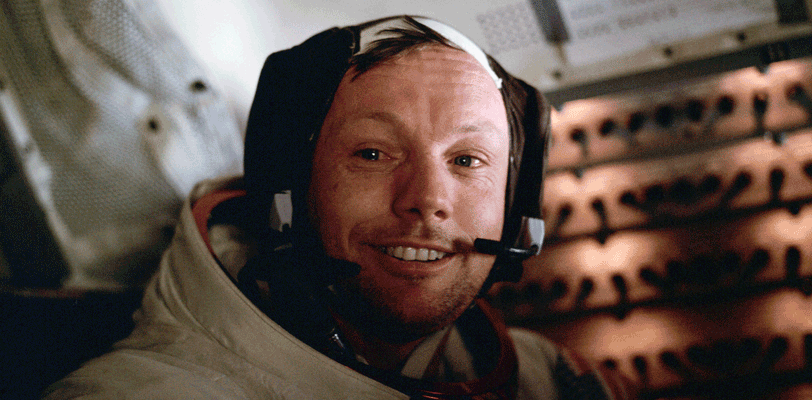The first man to walk on the moon, aviation pioneer Neil Armstrong, has died. He was 82.
Armstrong died Saturday, a month after cardiac bypass surgery, his family said in a statement to WKRC-TV in Cincinnati, Ohio.
Unlike the explorers of old who wanted to explore the new world to seek riches, Armstrong was an explorer of new worlds.
Armstrong and astronauts Buzz Aldrin and Michael Collins blasted off from Capa Canaveral, Fla. in Apollo 11 on a 250,000-mile journey to the moon that captivated the world.
The journey took them four days to reach their destination.
{sidebar id=21}An estimated 600 million people watched and waited as the lunar module "Eagle" separated from the command module and began its descent. While the craft neared the lunar surface, Armstrong deftly steered it away from its intended destination, a rocky crater.
Aldrin described Armstrong as the best pilot he ever knew.
The veteran pilot discovered that Eagle had only 17 seconds of fuel when it touched down.
Then came the words from the 38-year-old Armstrong: "Tranquility Base here, the Eagle has landed."
About six and a half hours later at 10:56 p.m. EST on July 20, 1969, Armstrong, became the first person to set foot on the moon.
"That's one small step for a man, one giant leap for mankind," said Armstrong when he made the first footprints on the moon.
Astronaut Buzz Aldrin climbed out, descended a ladder to become the second man ever to walk on the moon.
The two men ventured about 90 yards away from Eagle in water-cooled space suits to protect them from the 200 degree temperature and near vacuum atmosphere.
It was the first of six manned flights to the moon between 1969 and 1972. Armstrong was the first of 24 Americans to travel to the moon. The last flight was December 14, 1972.
Interest in the space program waned.
In a May 2010 appearance before a congressional committee Armstrong said he was mystified by the lack of plans for additional flights to the moon.
"It would be as if 16th century monarchs proclaimed that "we need not go to the New World," Armstrong said. 'We have already been there.' Or as if President Thomas Jefferson announced in 1803 that Americans 'need not go west of the Mississippi, the Lewis and Clark Expedition has already been there.' Americans have visited and examined 6 locations on Luna, varying in size from a suburban lot to a small township. That leaves more than 14 million square miles yet to explore."
He was more than a skilled pilot. Before joining the astronaut corps in 1962 he was a Navy fighter pilot and a test pilot. Armstrong flew the X-15 experimental aircraft at 4,000 miles per hour. During X-15 flights, Armstrong achieved world records -- speed and altitude -- that have never been broken.
He mustered out of the astronaut corps in 1971 to teach aerospace engineering at the University of Cincinnati.




